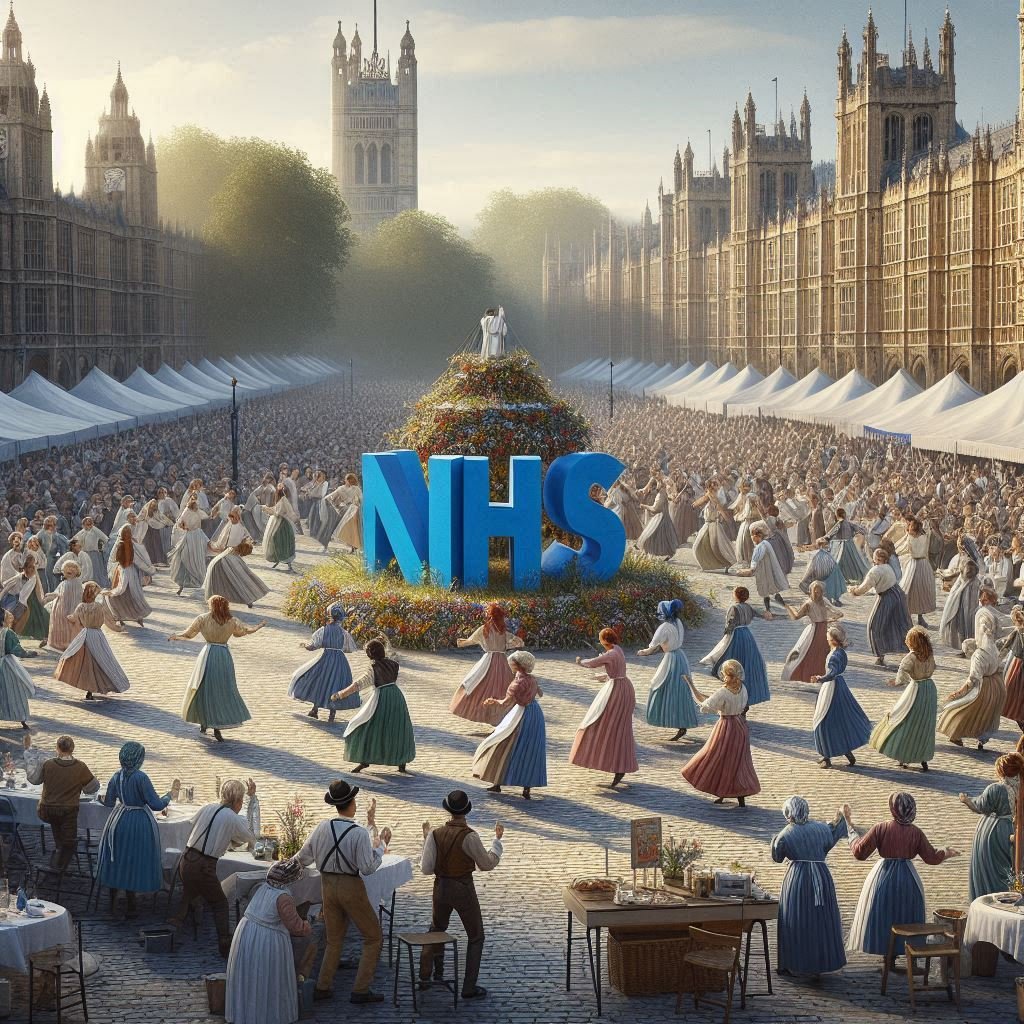Assessing the economic legacy of the French Revolution (Part 2)
SUGGESTED



In 1789 France was a rural country with 55% of the population dependent directly or indirectly on agriculture. That industry, however, was backward in both tools and techniques – much of it was stuck in routines. Unlike many other countries in Europe, for example, France was slow to adopt the potato into its crop rotation.
At the outset of the Revolution, French agriculture was suffering in a crisis brought on by bad weather and weak harvests. There had already been a food crisis before troubles broke out among the citizens of the cities, and then came the mighty changes, notably the state takeover of church property, which was used as a basis for the issue of a paper money – the assignats – which speedily stoked inflation. Farmers soon realised that the new currency was a dud and were reluctant to hand over their produce in exchange for it. So they tended to store their crops instead of marketing them. The politicians responded with penalties for non-delivery like confiscation of land, followed by heavy taxes. Before long the politicians were treating the farmers as enemies of the country. The situation on the land was not helped by the conscription of farmworkers and imperious demands for horses and food for the army.
Auctioning off the former lands of the Church and aristocrats certainly spread ownership across all sections of society, but it also distributed lands to owners lacking the knowledge and means to exploit it economically. Some new owners of pastureland had no livestock. There were many more owners but with smaller and smaller holdings, which made for poor returns and a serious fall in efficiency. French agriculture was no better after the quarter century of revolution than when it began.
The decadent state of the post-revolutionary economic structure was a further disadvantage, notably the poor state of the roads. There was some revival under Napoleon, but not enough. The feudal rights had gone but the small peasants, who were the majority, were ruined. Quite a result for a Revolution conducted in the name of equality.
If agriculture fared badly during the Revolution, industry did worse. In 1800, ten years after the Revolution started, French industry was only 60 per cent of what it had been under the old regime, and did not recover until 1809. The Revolution undoubtedly harmed private enterprise. Through war, heavy taxes, the blockade and government interference, French industry stagnated during the revolutionary period, while the British were busy transforming their country with the industrial revolution. Compared to advanced industrial nations like England and Germany, France remained mostly agricultural until 1914.
In 1789, French trade was flourishing, but the Revolution was never market-orientated. Neglect of the roads hindered internal trade. More merchants than aristocrats were beheaded under the Terror, and subsequent governments were anti-trade and regarded tradesmen as vagabonds and thieves. Napoleon thought that negotiators and middlemen were dangerous for the state, “like Jews and usurers”, as he put it. During the wars with Britain the French ports were ruined, with rows of merchant ships moored in their harbours for decades. In those times only contraband flourished – to the benefit of non-French ports like Barcelona.
What then were the results of the Revolution? One thing is clear; before it occurred, France was the dominant power in Europe in population, geography and military might. By 1815 that hegemony had gone. So, in terms of power and influence, France was the big-time loser. Yet today, France is a thriving democracy, in which people are (comparatively) free.
Yet that is ultimately only because so much of the legacy of the Revolution has since been scrapped.



